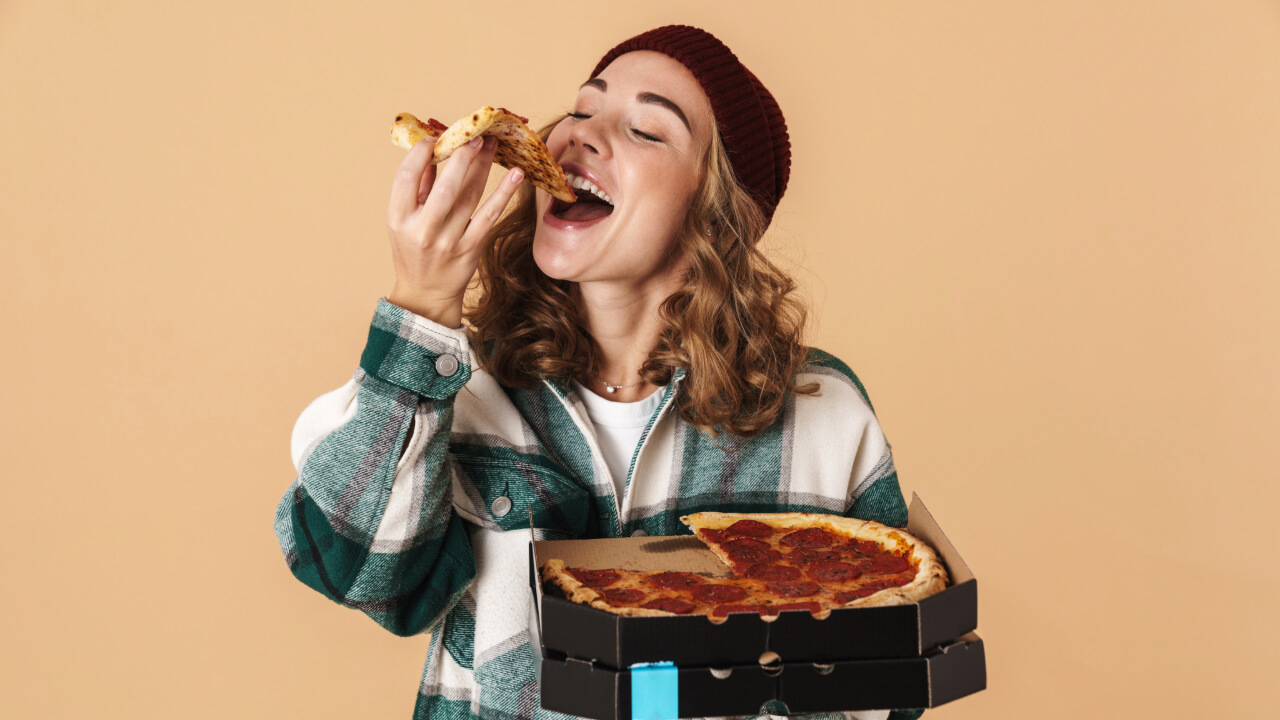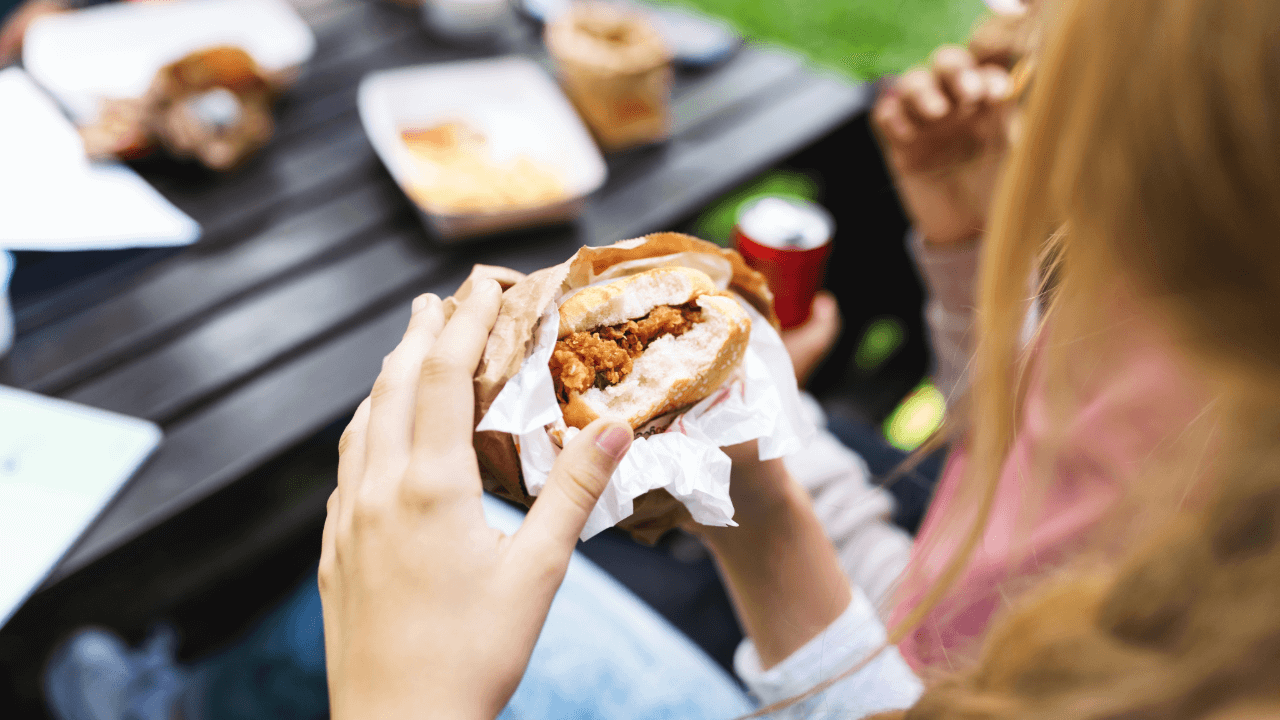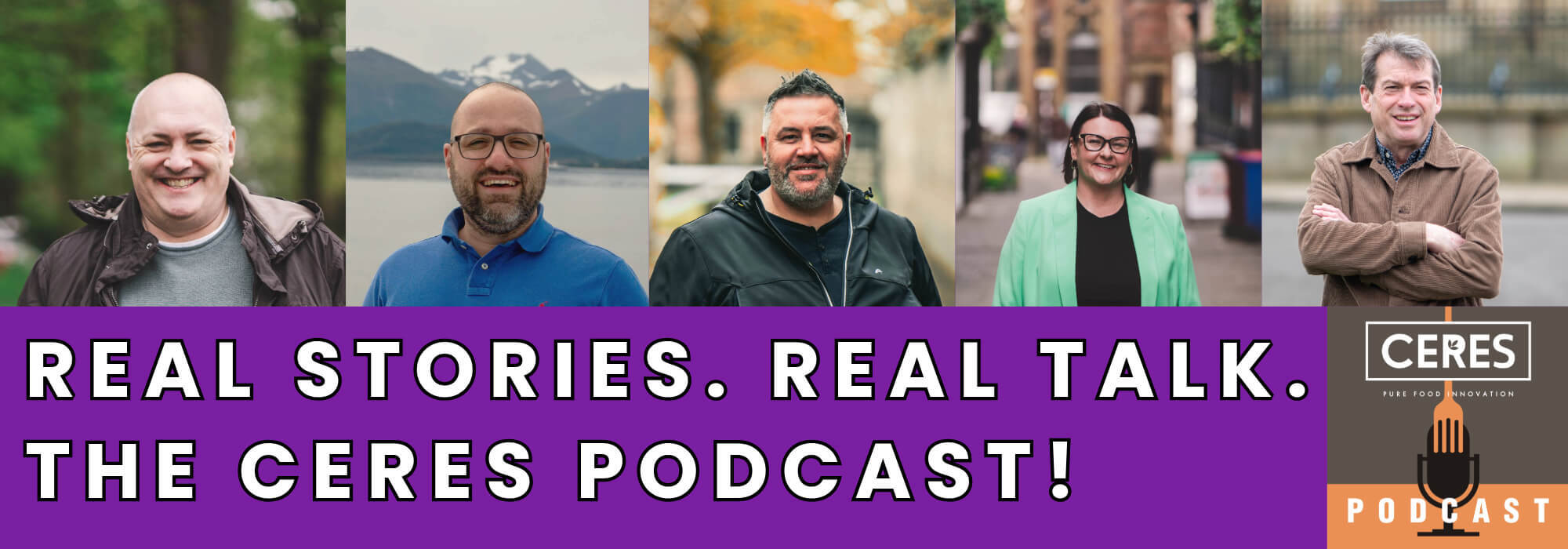Weight Loss Drugs: Threat or Opportunity?
Posted by Stelios on 17th Jul 2025 Reading Time:
What looks like a threat is usually an opportunity in disguise—provided you're willing to look past the risk. That mindset shapes how I view the surge of GLP-1 weight-loss drugs such as Ozempic, Wegovy and Mounjaro. Some commentators warn they'll drain demand for fast food. I see them rewarding anyone who can deliver the same joy in fewer bites.
Why the drugs exist (in a nutshell)
When one in four UK adults is clinically obese and type-2 diabetes adds £10 billion a year to the NHS bill, appetite-switch drugs were inevitable. GLP-1s began as a diabetes therapy; they reduce blood sugar and, crucially, suppress hunger, making them the first widely available tool that addresses both problems simultaneously.
What are GLP-1s?
GLP-1 receptor agonists mimic a gut hormone that slows stomach emptying, steadies blood sugar and flicks the brain's "that's enough" switch—so people feel full faster and eat less.
Fast Food's Value Gap
Fast food isn't the cheap relief it once was. Ingredient and wage inflation have almost closed the cost gap between a drive-through order and cooking at home, so much so that, as Vice reported in June 2025, the value gap has nearly vanished." A supersized combo now feels like bad maths, not indulgence.
Add to that a historic calorie explosion. Between 1977 and 2008, the share of daily energy consumed outside the home in the US almost doubled, from 18% to 35%. The result? A long tail of type-2 diabetes—and a primed market for appetite-blunting drugs.

The Appetite Reset
Roughly half a million Britons are already on a GLP-1, and Parliament expects 3.4 million will qualify once the NHS widens access. But grams are only part of the story; eating habits are mutating on three fronts:
- Snackification: Seventy-two per cent of millennials—and sixty per cent Gen Z—now replace meals with snacks, according to the National Restaurant Association. No wonder McDonald's and Popeyes are competing with sub-500-calorie chicken wraps at under £3: portion control meets value perception.
- Taste shift: Clinical work shows semaglutide dulls cravings for sugar while heightening sensitivity to sweetness. Rich, cloying sauces suddenly taste off.
- Dry-mouth drag: Reduced saliva—Ozempic mouth can make some foods feel metallic unless the texture and umami levels are adjusted.
For operators, that sounds terrifying; for innovators, it's a gift.
"Less but louder—fish & chips that hit the spot in fewer bites.”

Why Fish & Chips Is Built for the Moment
Done right, fish & chips is already flavour-dense: savoury batter, fluffy chips, sharp vinegar, clean finish. We don't need truffle dust; we need to amplify those core notes and let customers choose a size that matches their new appetite.
Anecdotally, one of our customers has introduced a range of smaller, tastier items that are flying out the door—quick, light, and budget-friendly. Best-sellers include fish goujons with chippy chips tossed in Louisiana seasoning, and a homemade fish cake served with a smaller portion (150g) of chips and a punchy tartare sauce.
Five Practical Plays
| Play | What to do | Why it works now |
| Season the food, not the waistline |
Seasoned pre-dust is your fish friend to supercharge flavour without changing the was fish & chips should be, it enhances the meal. Offer a seasoned chip portion, think of Oregano, Louisiana seasoning, or chaat masala. |
Umami and citrus compensate for dulled sweetness without adding sugar. |
| Offer “proper smalls” | Goujons (fish bites), snack boxes, half-portion cod, homemade fishcake balls. | Mirrors snackification and keeps spend per head healthy. |
| Engineer crunch + moisture | Make sure your chips are clean and free of eyes and skin, fry a little longer for a crispier finish, maybe go for a thinner chip as the customer will get more chips per portion. | Texture excites; moisture offsets dry-mouth fatigue. |
| Keep oil spotless |
Filter daily and change on schedule (if needed). Try not to mix fry in oils so that chips dont taste of sausages etc. |
GLP-1 users dislike greasy after-tastes—clean oil lets seasoning sing. |
| Tell a new value story | Menu headline: “Less but louder—£5 snack box, all the flavour.” | Converts pricing fatigue into smart-spend pride. |
Proof the Giants Are Already Pivoting
Redburn Atlantic the London-based equity-research firm recently called GLP-1s "demand disruptors" while downgrading McDonald's warning of lost visits worth £380 million a year. The burger giant's response? Relaunch its Snack Wrap. KFC tweaked its breading to boast "hotter, crispier, unmistakably original" chicken. In packaged food, Nestlé's Vital Pursuit meals and Conagra's "GLP-1 friendly" labels demonstrate Big Food's efforts to portion-align and protein-fortify. If they can pivot, so can a neighbourhood fish & chip shop.
Upselling in a Shrinking-Calorie World
When central portions shrink, diners free up their budget for extras, such as a pot of curry sauce, a pot of fibre-rich mushy peas, a bottle of vinegar, or even a tartare sauce. Margins on those add-ons can eclipse the lost grams of fish if you merchandise them smartly.
Final Chips
Fast food isn't dying; oversized portions are. The winners will serve unmistakable flavour per bite and package it at a price that feels savvy. For fish & chip shops, that means seasoned batter, smaller boxes, crunchy textures, and a story that says, 'You'll leave satisfied, not stuffed.'
The GLP-1 wave isn't a menace; it's momentum.




